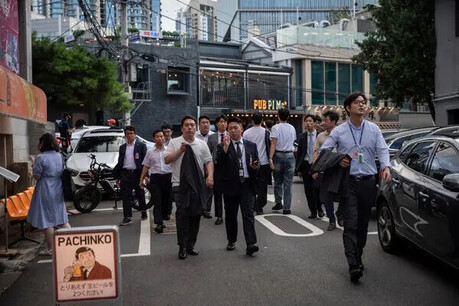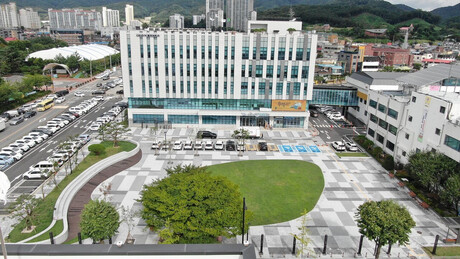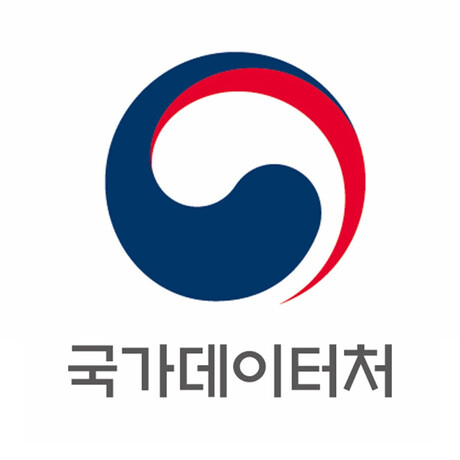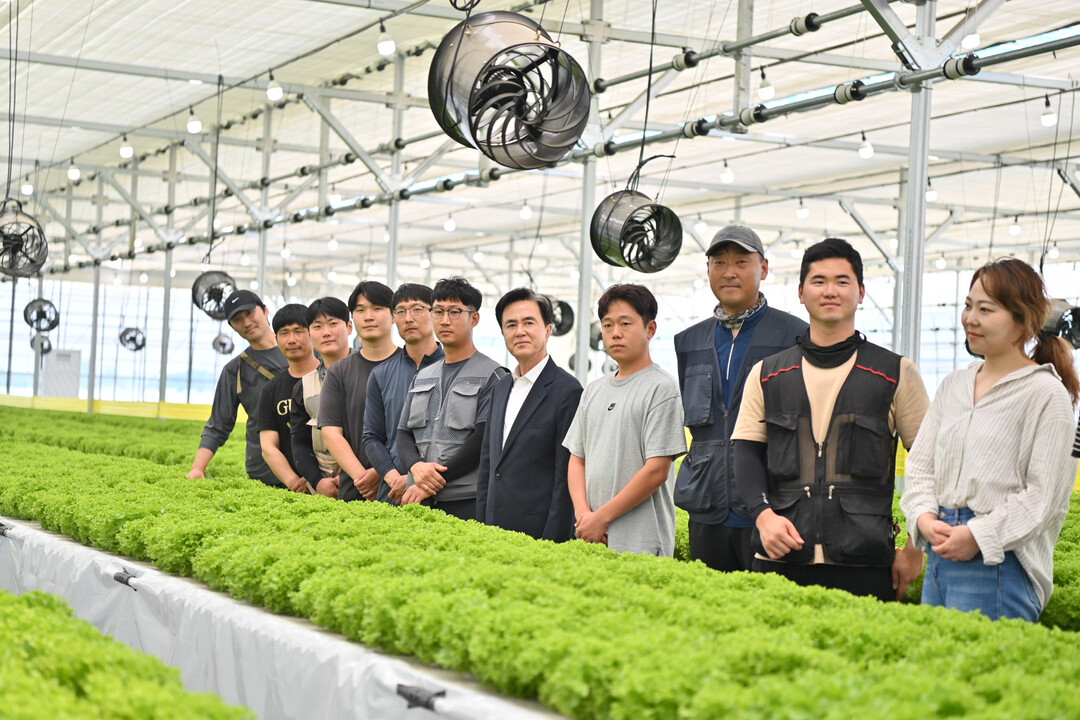
Buyeo, Chungcheongnam-do – Young farmers nurtured by Chungnam Province are rapidly establishing themselves in the agricultural sector, achieving impressive six-figure incomes through the strategic adoption of smart farming technologies. This significant development underscores the success of the "Nurturing Young Farmers through Smart Farm Development" policy, a core initiative spearheaded by the 8th popularly elected administration of Chungnam Province, led by Governor Kim Tae-heum, as part of its broader agricultural and rural structural reform efforts.
Governor Kim Tae-heum Inspects Smart Farm Sites, Engages with Young Farmers
Governor Kim Tae-heum's recent visit to Buyeo marked the first stop on his tour of cities and counties for the fourth year of the 8th popular election term. Following a dialogue with citizens, Governor Kim proceeded to the Jangam Smart Farm Complex. Here, he personally inspected the smart agriculture policy in action and engaged in a direct dialogue with the young farmers operating these innovative facilities. This hands-on approach by the provincial leadership highlights the importance placed on this sector and the commitment to understanding the needs and challenges of these pioneering agricultural entrepreneurs.
The Jangam Smart Farm Complex operates under the guidance of a mentor farmer, with young farmers specializing in cultivating various leafy greens, such as European loose-leaf lettuce. These high-quality produce items are then distributed through major online shopping malls, tapping into modern consumer purchasing habits and ensuring a stable market. Currently, three individuals, including the mentor farmer and young farmers, are actively managing smart farms within the complex. Plans are already in motion to expand this to six by the end of the year, with one more joining in early next year, signaling robust growth and increasing interest in this specialized farming method.
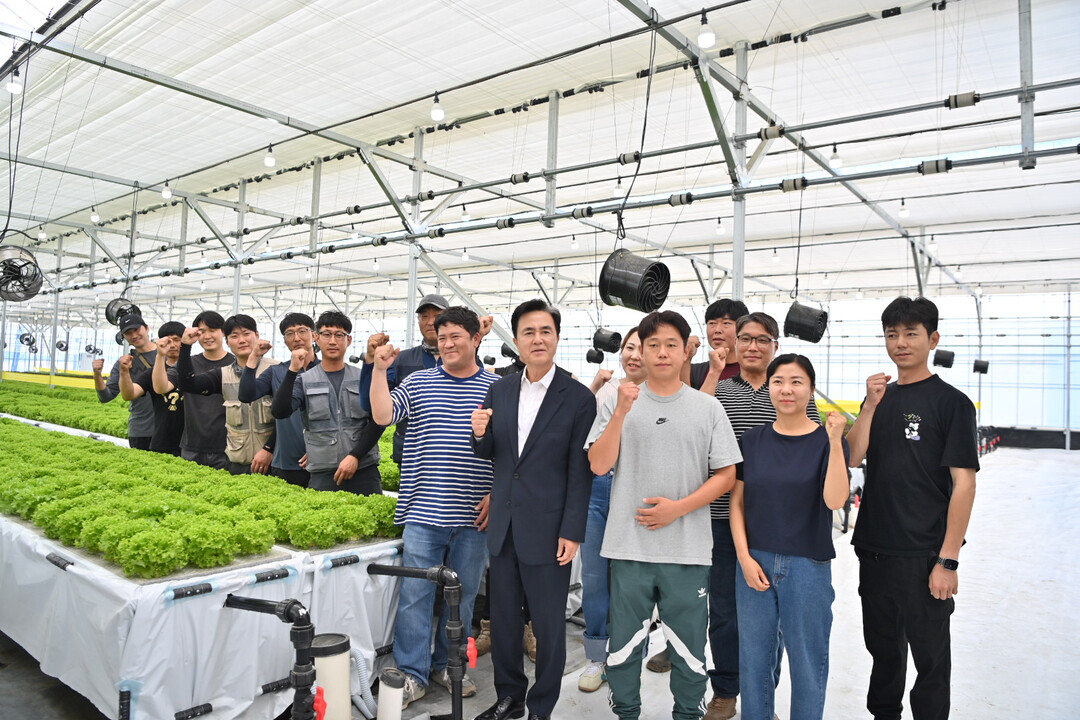
A Case Study in Success: The 20-Something Farmer Earning Over $100,000 in Her First Year
A compelling success story within the Jangam Smart Farm Complex is that of A, a young woman in her 20s who left her corporate job in Seoul to return to her hometown and pursue smart farming. In her very first year, she garnered significant attention by achieving an impressive income exceeding 150 million Korean Won (approximately $108,000 USD).
A's smart farm, designated as Chungnam's first self-reliant smart farm, spans an area of 3,300 square meters (approximately 1,000 pyeong or 0.8 acres) with a four-span greenhouse and an additional 990 square meters (300 pyeong) dedicated to a workspace. The total investment for establishing this smart farm amounted to 950 million Korean Won (approximately $684,000 USD). This sum included 156 million Won for land acquisition, 650 million Won for greenhouse construction, and 144 million Won for miscellaneous operating expenses.
Crucially, A leveraged substantial government support to fund her venture. She secured 315 million Won (approximately $227,000 USD) through the Chungnam Self-Reliant Smart Farm Support Program. An additional 500 million Won (approximately $360,000 USD) was obtained as a loan from the Young Successor Farmer Fund, boasting an ultra-low interest rate of 1.5% with a favorable repayment schedule of a five-year grace period followed by 20 years of repayment.
Furthermore, the self-funded portion of 135 million Won (approximately $97,000 USD) required by the Chungnam Self-Reliant Smart Farm Support Program was covered by an interest-free loan from the province, effectively allowing A to establish her smart farm with virtually no upfront personal capital.
Having completed the construction of her smart farm in December 2023, A produced an impressive 60,000 kg of five varieties of European leafy greens over ten cultivation cycles in the past year. These agricultural products were sold through a distribution company operated by her mentor farmer, generating a total revenue of 408 million Korean Won (approximately $294,000 USD).
Her total expenditures amounted to 250,812,500 Korean Won (approximately $181,000 USD). This included 220 million Won for operational costs such as material purchases, and 30,812,500 Won for principal loan repayments and interest expenses. After deducting all expenses from her revenue, A's net profit stood at a remarkable 157,187,500 Korean Won (approximately $113,000 USD).
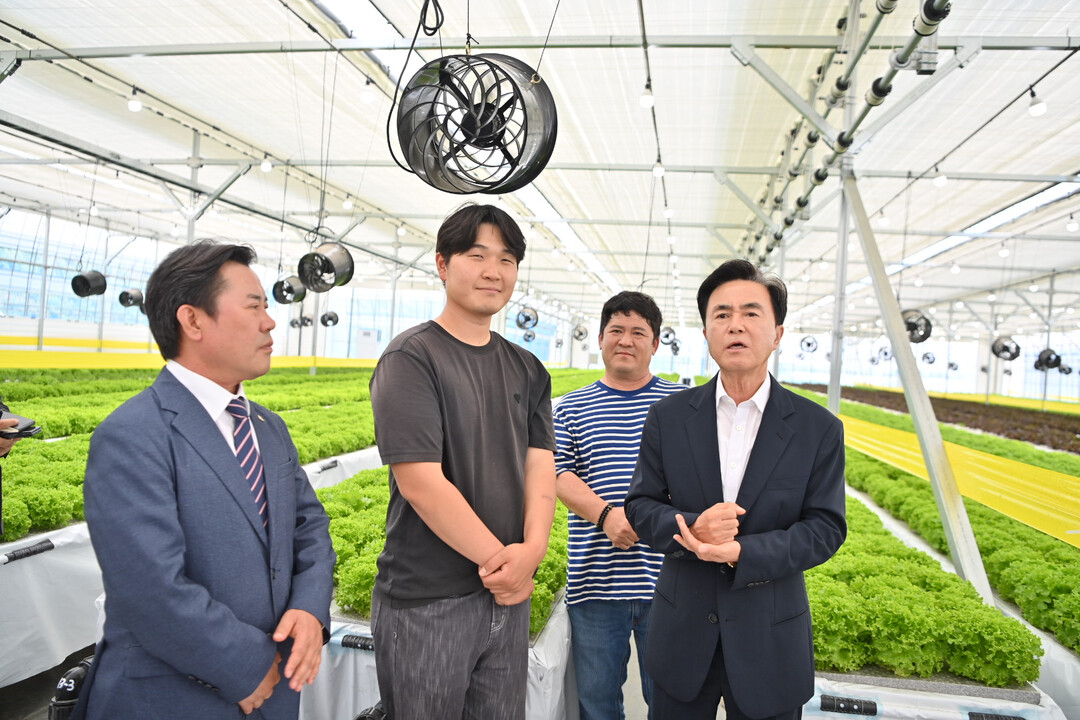
Broader Impact: Seven Young Farmers Average $130,000 in Net Income
A's success is not an isolated incident. A survey conducted on seven young farmers, including A, who have fully operated smart farms for at least the past year (out of 205 young smart farm households in the province, including prospective entrepreneurs), reveals a compelling trend of high profitability. The total revenue generated by these seven farmers was 2.4 billion Korean Won (approximately $1.73 million USD), with an average revenue per household of 340 million Won (approximately $245,000 USD).
Their total expenditures amounted to 1.12 billion Korean Won (approximately $807,000 USD), resulting in a collective net profit of 1.28 billion Korean Won (approximately $922,000 USD). This translates to an impressive average net profit of approximately 180 million Korean Won (approximately $130,000 USD) per household.
Highlighting the diversity of successful crops, B, a farmer in his 30s cultivating tomatoes in Dangjin, achieved a revenue of 650 million Won (approximately $468,000 USD) and a net profit of 350 million Won (approximately $252,000 USD) from his 7,590 square meter (2,300 pyeong) smart farm. Similarly, C, a farmer in her 20s growing strawberries in Nonsan, generated 380 million Won (approximately $274,000 USD) in revenue and secured a net profit of 300 million Won (approximately $216,000 USD) from her 2,790 square meter (900 pyeong) smart farm. Even the lowest reported profit among these seven young farmers was a substantial 80 million Won (approximately $58,000 USD).
A provincial official acknowledged the limitations of generalizing these findings to all young farmers in the province, citing variations in crops cultivated, farm size, expertise, sales channels, and operating costs. However, the official emphasized, "It has been confirmed that young smart farm farmers in the province are generally achieving stable and high incomes." The official further noted, "Particularly, those who met good mentors, acquired cultivation know-how, and secured solid sales channels from the initial stages have been able to achieve high incomes without significant difficulties."

Continued Support for a Thriving Future in Agriculture
During his policy site visit, Governor Kim Tae-heum was briefed on the current status of the Jangam Smart Farm Complex development and inspected new smart farm construction sites. He attentively listened to the challenges faced by both current and prospective young smart farm operators, reaffirming his commitment to providing administrative and financial support to revitalize young farmers and smart agriculture.
In a subsequent discussion with young farmers from Buyeo County, Governor Kim stated, "The overarching direction of the 8th popularly elected administration's agricultural policy is to create an agricultural and rural sector that young people seek out." He expressed his optimism, adding, "We expect that if your success stories are widely disseminated, more young people will be encouraged to enter agriculture."
The success observed in Chungnam Province serves as a compelling model for other regions grappling with an aging agricultural workforce and the need for modernization. By investing in smart farm infrastructure and providing comprehensive support, including financial aid and mentorship, local governments can empower a new generation of farmers to embrace technology and build profitable, sustainable agricultural businesses. This not only contributes to food security but also injects vitality into rural communities, demonstrating that agriculture can indeed be a lucrative and attractive career path for young talent.
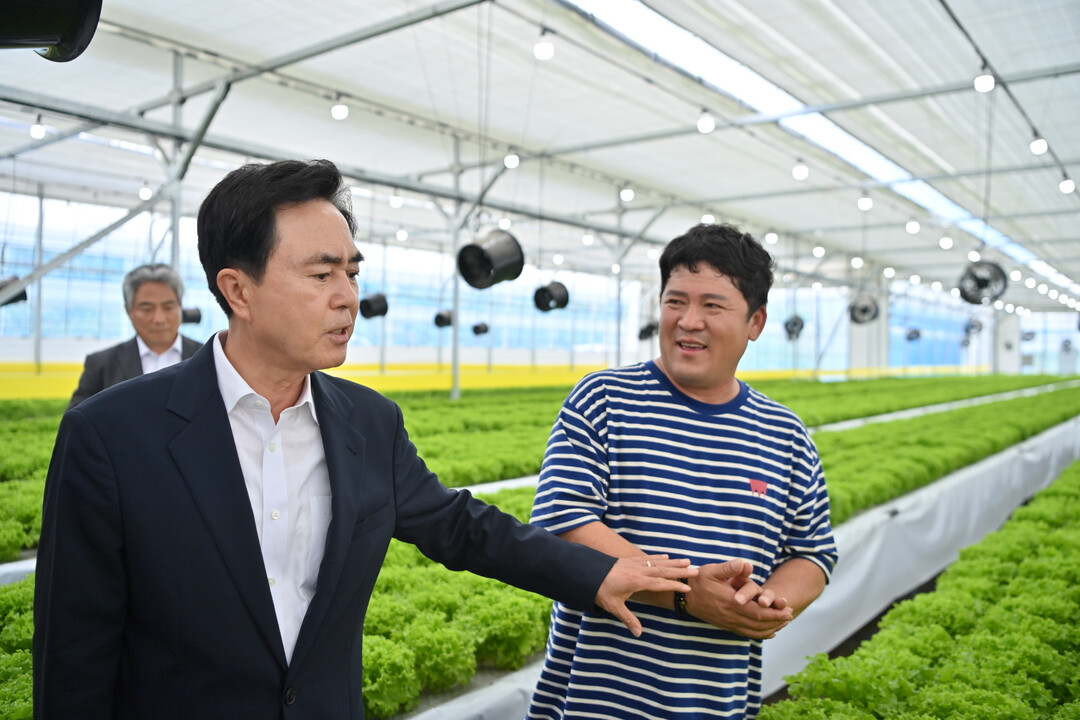
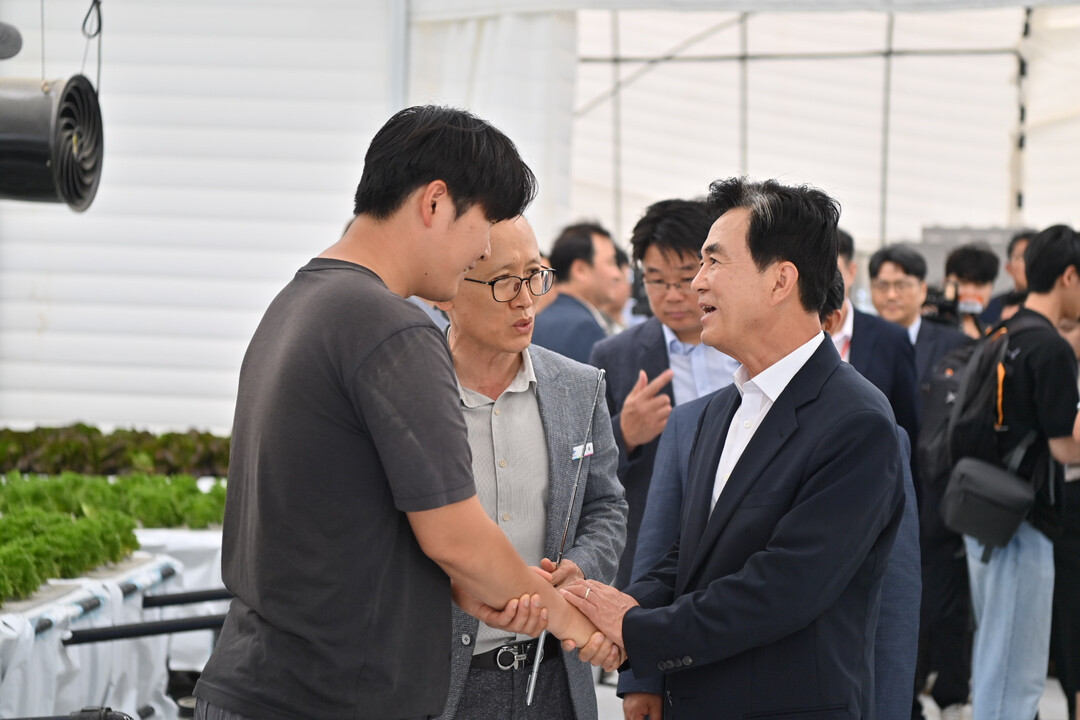
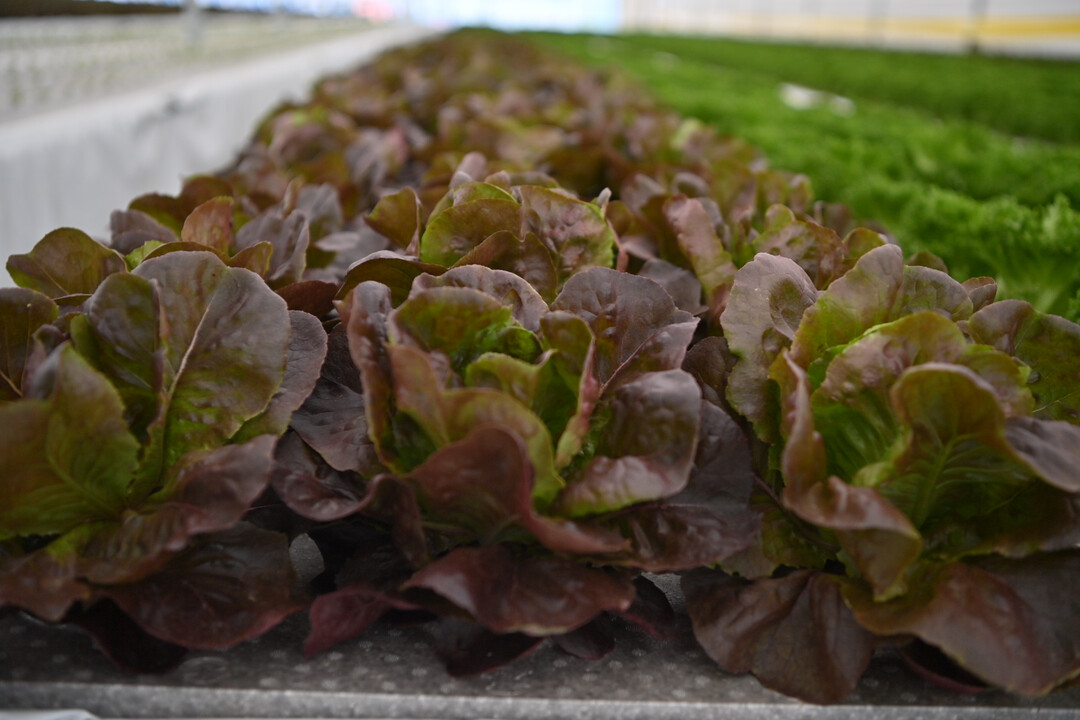
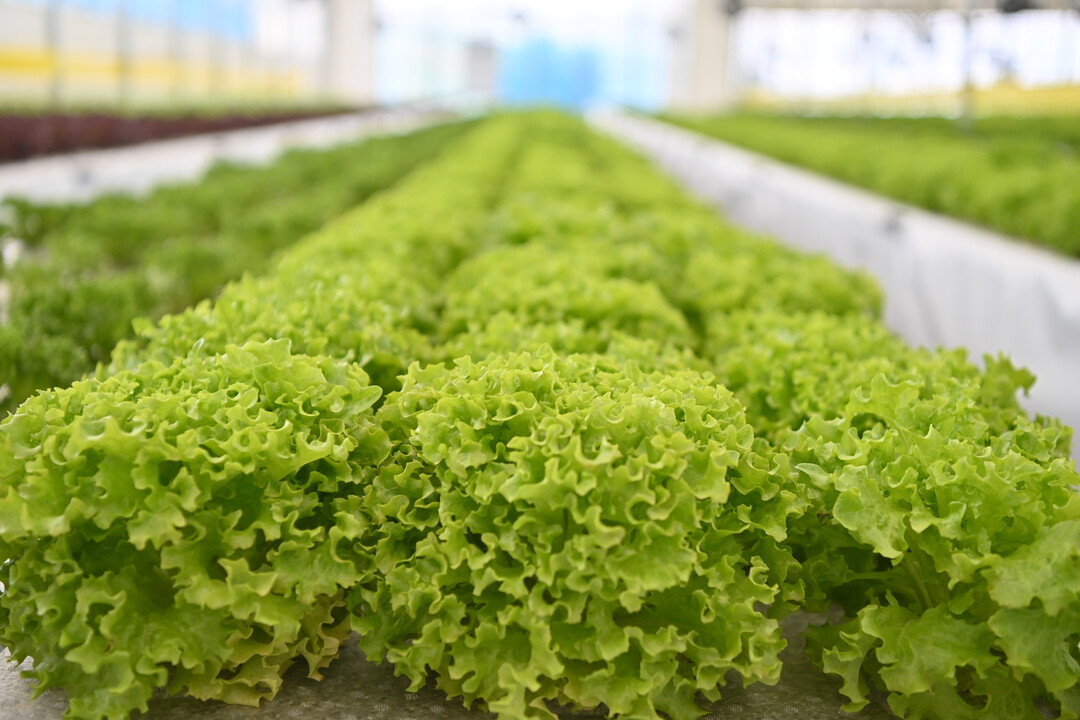
[Copyright (c) Global Economic Times. All Rights Reserved.]

















